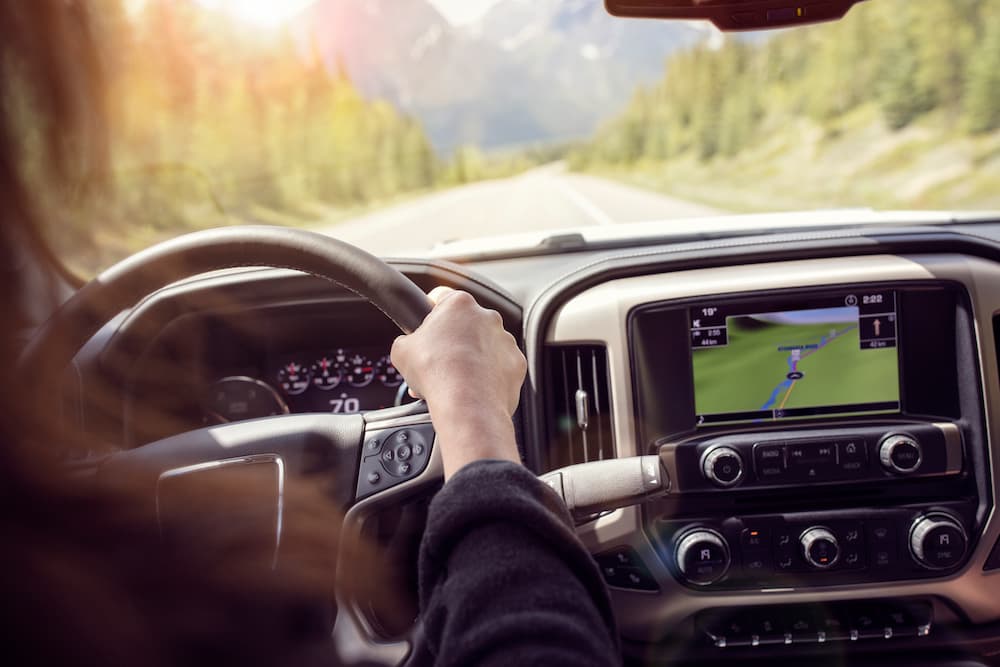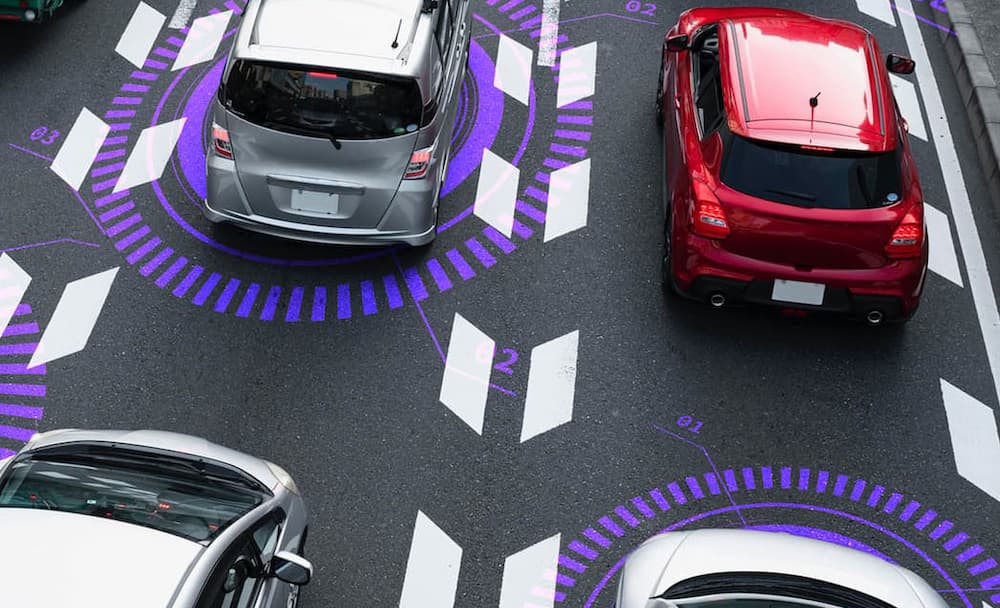Our IVA system is equipped with an image-based recognition system, which can provide vehicles with functions such as forward collision prevention (including cars, motorcycles and pedestrians), lane departure, and front vehicle departure reminders, etc., and provide guidance when driving in low-speed and high-speed situations. Driving assistance reminder.
It can provide functions such as collision avoidance (including motorcycles and pedestrians), lane change and vehicle start reminders for various vehicles in front of the vehicle.
Can detect the front covering a 52-degree field of view, including assist system (LSS) and automatic emergency braking system (AEB)
Born for safe driving, integrating various functions, it is your best guardian
This module integrates camera/identification host/LED warning switch/speaker into one
When the system is operating normally, the indicator light is a constant blue light; when the system is abnormal, the indicator light is a constant yellow light.
Exclusive technology, the detection accuracy is still high at night, ensuring driving safety day and night.

It uses a front-facing camera sensor to capture the position of lane lines and the surrounding road environment to help drivers keep their vehicles in the driving lane.
1. Camera sensing:The system uses camera sensors to continuously monitor road conditions in front of the vehicle, including the position of lane lines and road curvature.
2. Lane departure warning:When the system detects that the vehicle is about to deviate from the intended driving lane, it will issue a warning to remind the driver visually or audibly.
3. Auxiliary direction input:If the driver is unable to respond immediately to the warning and make directional adjustments, the system can slightly maneuver the steering wheel to help keep the vehicle in the correct lane.
※Precautions※
• This system is not a fully autonomous driving technology, but an auxiliary function designed to improve driving safety and comfort.
• The driver still needs to remain observant and alert to the driving environment and be ready to take over control at any time.
• If the driver does not continue to participate in driving for a long period of time, the system may ask the driver to regain control of the steering wheel or turn off assistance functions.
It includes technologies such as lane recognition, lane model estimation, vehicle and steering system dynamic model identification, lane following control algorithms, and active steering control.
1. The LFS lens can capture the scene of the lane in front of the vehicle, and use image recognition technology to estimate the lane mathematical model of the polynomial equation to calculate the vehicle's offset information, swing angle and lane curvature information in the lane as input information to the control system to obtain The expected LFS system response bandwidth and phase margin (PM) requirements.
2. Finally, the LFS controller will determine the steering correction angle of the steering wheel based on the relevant information about the vehicle and the lane, and control the electric auxiliary steering system EPS (Electric Power Steering) to maintain the vehicle in the lane.
3. The vehicle center has integrated the key technologies required for the lane following system, and has actually installed them in actual vehicles to complete functional and performance testing.


It can automatically detect potential collision hazards such as obstacles, vehicles and pedestrians ahead, and automatically initiate emergency braking to help drivers avoid accidents or reduce the impact of collisions.
1. Sensor technology: This system uses radar, cameras or other sensors to identify obstacles ahead and assess the risk of collision based on the data collected.
2. Automatic intervention: When the system determines that there is a risk of collision and the driver fails to take action, AEB automatically triggers emergency braking to help avoid a collision.
3. Reduce the risk of accidents: AEB helps reduce low-speed collisions, especially on urban roads, and can also reduce the risk of collisions between pedestrians and vehicles.
4. Improved safety: This technology helps improve the overall safety of drivers and passengers and reduce injuries caused by accidents.
※Precautions: AEB is an auxiliary function. It does not mean fully autonomous driving. The driver still needs to remain alert and participate in the driving process.
It can use the lens sensor to identify the vehicle ahead, analyze speed and movement, and use it to maintain lanes, identify vehicle types and pedestrians, etc., to achieve more precise distance control and automatic speed adjustment. And help improve driving safety and comfort.
1. Front vehicle recognition: The ACC system can use the lens sensor to identify vehicles on the road ahead. This includes identifying the size, shape, type and location of the vehicle, as well as calculating the distance to the vehicle in front.
2. Speed and motion analysis: Through the images captured by the lens, the ACC system can analyze the motion patterns and speed changes of the vehicle ahead. This helps the system predict the behavior of the vehicle ahead and adjust the vehicle's speed accordingly.
3. Lane Keeping: The ACC system can use the lens to identify the position of the lane lines, thereby helping the Lane Keeping Assist system (Lane Keeping Assist) determine to keep the vehicle in the correct driving lane.
4. Pedestrian recognition: Advanced ACC systems can even use imaging technology to identify pedestrians to further increase pedestrian safety.
5. Safety warning and braking: If the camera senses that the vehicle ahead slows down or stops, the ACC system can issue a warning and automatically initiate emergency braking if necessary to avoid a collision.

| Host specifications | |
|---|---|
Model | IVA Level2 |
Operating Voltage | 9V~36V |
Operating temperature | -30℃~75℃ |
Working current | Under 0.5A@24V |
Output image | CVBS or AHD |
Resolution | 1280*720 |
Dynamic Range | 115dB |
Image sensor size | 1/2.7 inch |
Field of view (horizontal) | 52゜ |